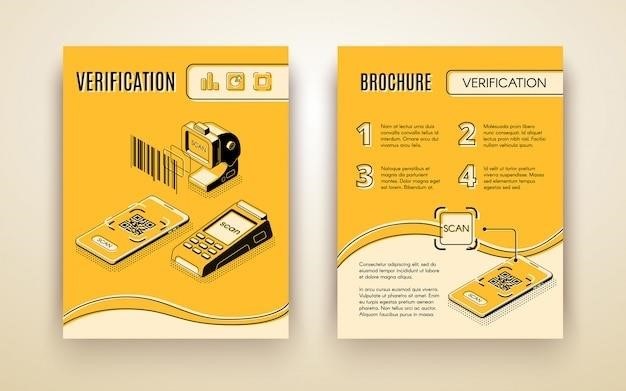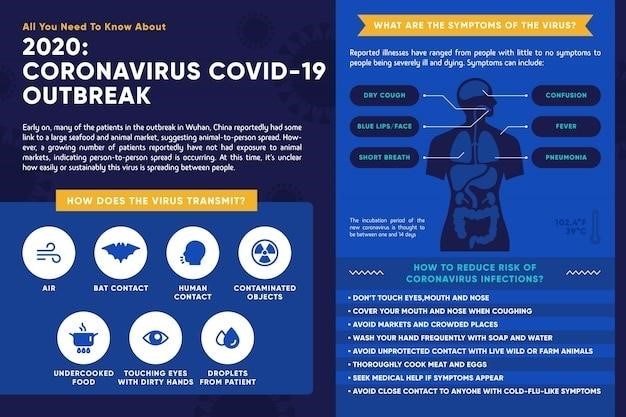
nood 2.0 instruction manual pdf

Nood Flasher 2.0⁚ A Comprehensive Guide
While a digital download isn’t readily available, user reports suggest obtaining a scanned PDF version of the manual from online communities. Alternatively, contacting Nood customer support might provide access to a digital or physical copy. Check online forums and the official website for assistance;
Obtaining the Nood 2.0 Instruction Manual PDF
Securing a copy of the Nood Flasher 2.0 instruction manual in PDF format might require some resourcefulness. While a direct digital download from the official Nood website may not be readily available, several avenues can lead to success. One user reported successfully scanning their physical manual and sharing it online. Exploring online forums dedicated to beauty and hair removal, such as Reddit’s r/HairRemoval, could unearth shared copies. Remember to exercise caution when downloading files from unofficial sources. Always check file integrity before opening, and verify the source’s credibility to prevent malware or viruses. Furthermore, directly contacting Nood customer support is advisable; they may provide a digital version or guide you to a reliable download source. The official Nood website and its support channels are your best bet for authentic documentation. Patience and persistence are key; the manual’s availability varies. Checking periodically for updates on the website’s support section may yield positive results.

Device Setup and Initial Use
Setting up and using the Nood Flasher 2.0 for the first time is straightforward, but following the instructions carefully is crucial for optimal results and safety. Begin by unpacking the device and familiarizing yourself with all included components, ensuring everything aligns with the manual’s contents. Plug the device into a power source using the provided adapter. Before applying the device to your skin, Nood strongly recommends performing a skin sensitivity test as described in the instruction manual to avoid any potential irritation or adverse reactions. Cleanse the treatment area thoroughly using a gentle, non-irritating cleanser and pat it completely dry. The manual will guide you through selecting the appropriate intensity level. Nood often suggests starting with a lower intensity (e.g., level 3) and gradually increasing as tolerated. The device’s placement and movement are also detailed, emphasizing proper technique for even coverage. Always refer to the illustrations and step-by-step instructions within the manual to ensure correct usage. Remember, consistent and careful application is essential for achieving the desired results, as mentioned in numerous online reviews and testimonials.
Intensity Levels and Treatment Settings
The Nood Flasher 2.0 offers multiple intensity levels, typically ranging from 1 (lowest) to 7 (highest), allowing for customization based on individual skin sensitivity and hair type. The instruction manual provides detailed guidance on selecting the appropriate intensity level. It’s crucial to start with a lower setting and gradually increase as tolerated, avoiding any discomfort or burning sensations. The manual might include a chart or table correlating intensity levels with skin tones and hair colors, offering personalized recommendations. Beyond intensity, the device may feature additional settings, such as flash mode or pulse duration. These settings might influence treatment speed and effectiveness; the manual will explain the differences and suggest optimal choices for various body areas and hair types. Understanding these settings is critical for maximizing the device’s performance and minimizing any potential risks. Online reviews and user experiences often highlight the importance of gradually increasing intensity to avoid discomfort and achieve optimal results. Always prioritize safety and refer to the manual for detailed explanations and recommended settings.
Treatment Schedule and Expected Results
The Nood Flasher 2;0 instruction manual details a recommended treatment schedule, often suggesting sessions twice a week for the initial few months. This frequency aims to maximize effectiveness while allowing sufficient time for skin recovery between treatments. The manual likely provides a comprehensive timetable, possibly outlining the number of weeks or months necessary for optimal results. Users should adhere to this schedule for consistent outcomes. Regarding expected results, the manual will probably highlight the gradual reduction in hair growth, with visible results potentially appearing within 4-8 weeks, depending on individual factors. It’s essential to remember that achieving permanent hair reduction typically requires a series of treatments, as specified in the manual. The longevity of results might also be discussed, indicating the need for occasional touch-up sessions to maintain hair-free skin. Individual results vary, and the manual may acknowledge this, emphasizing the importance of patience and adherence to the recommended schedule for optimal outcomes. Online reviews and user experiences can offer additional insight into typical timelines and results.
Safety Precautions and Skin Sensitivity Test
The Nood Flasher 2.0 instruction manual undoubtedly emphasizes the crucial importance of conducting a skin sensitivity test before initiating any treatment. This test, thoroughly explained in the manual, involves applying the device to a small, inconspicuous area of skin to assess the reaction. The manual likely details the duration of the test and what to look for – any signs of irritation, redness, or burning. A negative reaction, indicating suitability for treatment, would be detailed. The manual will also likely include a comprehensive list of safety precautions. These precautions probably cover appropriate skin preparation (cleansing and drying), avoiding treatment on sensitive areas, and the importance of wearing protective eyewear during use. Instructions on adjusting the intensity levels to suit individual skin tolerance are likely included. The manual might advise against using the device on irritated or broken skin, sunburned areas, or areas with active infections. Furthermore, the manual will likely caution against prolonged use in one area and emphasize the importance of taking breaks during longer sessions to prevent overheating or skin damage. Specific instructions on cleaning and storing the device will also be included for optimal safety and device lifespan;
Troubleshooting Common Issues
The Nood Flasher 2.0 instruction manual likely addresses common issues users might encounter. For instance, if the device isn’t powering on, the manual probably suggests checking the power adapter connection and ensuring the outlet is functioning correctly. If the device isn’t emitting light pulses, it might suggest checking the power source again, ensuring the device is properly charged (if applicable), or confirming that the intensity level is set correctly. The manual might also provide guidance on addressing inconsistent light pulses. This might include confirming proper skin contact or suggesting cleaning the device’s treatment head. Issues related to skin sensitivity, such as redness or burning, will likely be addressed. The manual might advise reducing the intensity level, extending treatment intervals, or discontinuing use if irritation persists. The manual should probably cover scenarios where the device malfunctions. This could include instructions on basic troubleshooting steps or contact information for customer support. It’s highly likely that the manual also provides advice on resolving issues related to hair regrowth or lack of results. This might include suggestions on adjusting treatment frequency, intensity levels, or ensuring proper usage technique. The inclusion of a detailed FAQ section within the manual would streamline the troubleshooting process for users.
Maintenance and Care of the Device
The Nood Flasher 2.0 instruction manual should provide detailed guidance on maintaining the device for optimal performance and longevity. Proper cleaning procedures are likely outlined, emphasizing the importance of cleaning the treatment head after each use. The manual might recommend using a soft, damp cloth and a mild cleaning solution, avoiding harsh chemicals or abrasive materials that could damage the device’s surface. Instructions on how to store the device correctly are also expected. This might involve recommendations for keeping it in a cool, dry place, away from direct sunlight or extreme temperatures, to prevent damage and maintain functionality. The manual may also include information on the device’s power adapter. This might include warnings against using third-party adapters or those that aren’t specifically designed for the Nood Flasher 2.0. The manual should also address potential issues, such as damage to the device’s casing or treatment head. It may advise against attempting repairs oneself and instead suggests contacting Nood customer support or an authorized repair center for assistance. Regular maintenance, as detailed in the manual, could extend the lifespan of the device and ensure consistent, effective performance. Following the cleaning and storage guidelines is crucial for maintaining the device’s hygiene and preventing malfunctions.
Frequently Asked Questions (FAQs)
The Nood Flasher 2.0 instruction manual likely includes a dedicated FAQ section addressing common user queries. Questions regarding device setup, intensity levels, and treatment schedules are likely addressed. Users might find answers concerning skin sensitivity tests and how to handle potential skin reactions. The FAQ section might clarify the expected results and timeframe for seeing noticeable hair reduction. Information on the device’s warranty and return policy could be included, ensuring users understand their rights and options. Questions related to maintenance and cleaning procedures are likely answered, providing users with clear instructions for device upkeep. The FAQs might address compatibility with different skin types and hair colors, helping users determine suitability. Troubleshooting common issues, such as the device not powering on or emitting insufficient light, may also be covered. It may also explain the importance of shaving before use and the recommended frequency of treatment sessions. Additionally, the FAQ section might clarify any safety precautions, such as protecting eyes during use and avoiding use on sensitive areas. Contact information for customer support may be provided, offering users a means of getting further assistance. By thoroughly addressing these common questions, the FAQ section enhances the user experience and ensures informed and safe device usage.